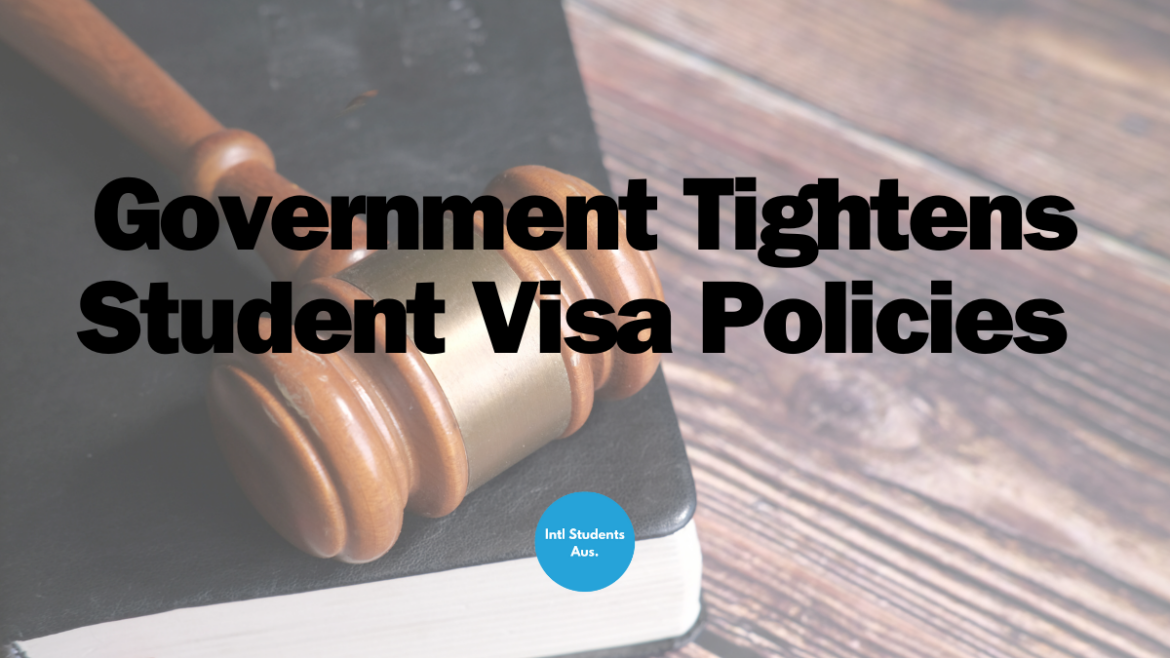Key Takeaways
- Australia is implementing stricter regulations on international student visas in response to record-high migration rates.
- The new measures include heightened English language proficiency requirements for incoming students and the potential suspension of universities admitting non-compliant students.
- The “No Further Stay (NFS)” condition will be applied more widely to short-stay visas, including the student visa (subclass 500).
- These changes aim to address past policy decisions made during the COVID-19 pandemic, including relaxed working hour restrictions for international students, and to manage migration levels effectively while supporting the economy and education system.
The increase in migration, largely attributed to international students, has prompted the Australian government to take immediate action, imposing tougher English language proficiency requirements on incoming students. Reuters indicates that universities and higher education institutions will face potential suspension if found admitting students who are not compliant with these rules.
Additionally, Australia plans to expand the application of the “No Further Stay (NFS)” condition to various short-stay visas, including the student visa (subclass 500). This condition, barring visa holders from applying for other visa types while in Australia, will become more prevalent across different visa categories, based on individual circumstances and immigration history.
Addressing Past Policy Decisions
The current Australian government, led by Anthony Albanese, is promptly addressing the challenges posed by heightened migration levels. These measures aim to smoothen out previous policies, particularly those enacted during the COVID-19 pandemic.
During the COVID-19 pandemic policies were put in place to increase migration numbers drastically. During the pandemic, the previous administration relaxed working hour restrictions for international students to alleviate economic strains. However, recognizing the need for balance, the government pledged to gradually reduce migrant intake over two years.
In 2022, the former administration increased migrant admissions to aid businesses facing labour shortages amidst the pandemic-induced economic downturn. With international travel restrictions in place, migrants, including students and workers, were unable to enter Australia for nearly two years.
Data from the Australian Bureau of Statistics underscores the significant influx, with approximately 549,000 arrivals recorded between January and September 2023. This surpassed previous migration figures, contributing to rapid population growth, reaching 26.8 million—an increase of 2.5 percent.
The recent policy adjustments reflect Australia’s commitment to managing immigration levels effectively while ensuring the integrity of its education system and economy.


